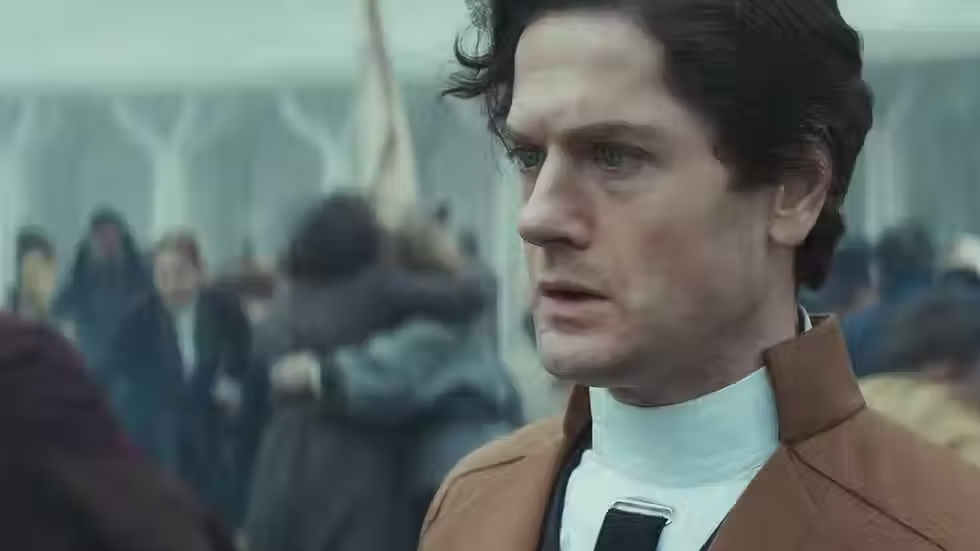Review: Last Hurrah for Chivalry
- ogradyfilm
- May 20, 2023
- 2 min read

Last Hurrah for Chivalry is aptly titled: what begins as a fairly typical revenge narrative gradually evolves into a dark, subversive deconstruction of the tropes and clichés that define the wuxia genre. Bloodshed, after all, can hardly be described as “honorable” when history is written by the victors, loyalty is negotiable, and even the most seemingly righteous of warriors ultimately reveal themselves to be manipulative, Machiavellian masterminds. Outside of myth and legend, conflicts are seldom as morally simplistic as “good versus evil”; in reality, there are only ruthless despots, ambitious aristocrats, opportunistic bandits… and the innocents caught in the crossfire. True brotherhood is like an oasis in the middle of a vast, barren desert—a rare and precious virtue that must be cherished and savored before it evaporates.
Compared to his innovative, influential “pistol operas” of the ‘80s and ‘90s (A Better Tomorrow, The Killer, Hard Boiled), director John Woo’s work here is relatively traditional, reminiscent of old school Shaw Brothers productions—from the acrobatic fight choreography (characterized by its dancelike rhythm) to the charmingly primitive special effects (many of the gravity-defying stunts are achieved via reversed footage) to the distinctive sound design (the resonant “clang” of clashing blades, the gentle “whoosh” of fluttering fabric). There are, however, a few visual flourishes that set the film apart from its predecessors. The buildup to one duel, for example, is shot exactly like a Spaghetti Western, cutting between sprawling wide shots of the desolate landscape and tight closeups of the combatants’ steely-eyed glares, sweat-drenched hands, and gleaming sword hilts. In another scene, the main antagonist is randomly accompanied by a cackling hunchback lifted straight out of a Universal horror flick. Later still, the heroes plan their climactic assault on the villain’s stronghold like a caper à la The Italian Job or The Guns of Navarone, complete with a montage depicting the daunting obstacles they’ll face en route to the final confrontation.

This intoxicating cocktail of stylistic inspirations elevates the otherwise conventional material. While Woo’s authorial voice is not yet fully developed in Last Hurrah for Chivalry, the movie offers a fascinating early glimpse at the storytelling instincts that would eventually distinguish him as action cinema’s most imaginative auteur.





Comments